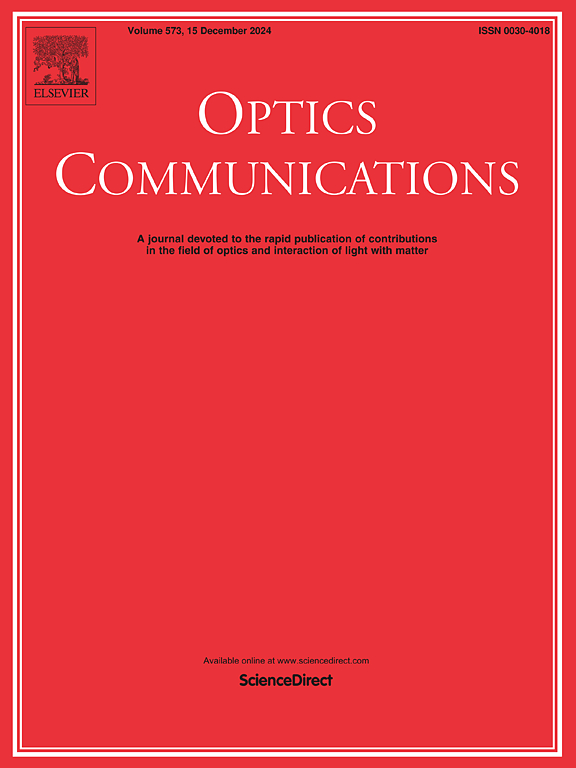Compact design for robust tip-enhanced nano-spectroscopy in ambient conditions
IF 2.2
3区 物理与天体物理
Q2 OPTICS
引用次数: 0
Abstract
Nano-spectroscopy and -imaging based on scanning probe microscopy, such as tip-enhanced photoluminescence and tip-enhanced Raman spectroscopy, allow us to investigate various quantum materials with a spatial resolution of 10 nm. Although the correlation between topography and nano-spectroscopic response provides distinct material information compared to other optical measurement methods, acquiring high-speed and high-resolution nano-spectroscopic images under ambient conditions remains challenging. One major obstacle is the drift between optical and mechanical components, which causes image distortion and decoupling between the tip and excitation laser, thereby limiting the precision of near-field information. Here, we present a compact design for a homebuilt tip-enhanced nano-spectroscopy system and demonstrate its building with pre-characterization results. The setup is based on an atomic force microscope utilizing a quartz tuning fork as a force sensor. Its compact 6 cm-sized body provides ample space for optical access. This design achieves a low lateral drift rate between the tip and sample, measured at less than 0.65 nm/min, enabling stable nano-spectroscopic measurements of various quantum materials.
紧凑的设计健壮的尖端增强纳米光谱在环境条件下
基于扫描探针显微镜的纳米光谱学和成像技术,如尖端增强光致发光和尖端增强拉曼光谱,使我们能够以10nm的空间分辨率研究各种量子材料。尽管与其他光学测量方法相比,形貌和纳米光谱响应之间的相关性提供了独特的材料信息,但在环境条件下获取高速高分辨率纳米光谱图像仍然具有挑战性。一个主要的障碍是光学元件和机械元件之间的漂移,这会导致图像失真和尖端与激发激光器之间的解耦,从而限制了近场信息的精度。在这里,我们提出了一个自制的尖端增强纳米光谱系统的紧凑设计,并展示了它的构建与预表征结果。该装置基于原子力显微镜,利用石英音叉作为力传感器。其紧凑的6厘米大小的机身为光学接入提供了充足的空间。该设计实现了尖端和样品之间的低横向漂移速率,测量值小于0.65 nm/min,从而实现了各种量子材料的稳定纳米光谱测量。
本文章由计算机程序翻译,如有差异,请以英文原文为准。
求助全文
约1分钟内获得全文
求助全文
来源期刊

Optics Communications
物理-光学
CiteScore
5.10
自引率
8.30%
发文量
681
审稿时长
38 days
期刊介绍:
Optics Communications invites original and timely contributions containing new results in various fields of optics and photonics. The journal considers theoretical and experimental research in areas ranging from the fundamental properties of light to technological applications. Topics covered include classical and quantum optics, optical physics and light-matter interactions, lasers, imaging, guided-wave optics and optical information processing. Manuscripts should offer clear evidence of novelty and significance. Papers concentrating on mathematical and computational issues, with limited connection to optics, are not suitable for publication in the Journal. Similarly, small technical advances, or papers concerned only with engineering applications or issues of materials science fall outside the journal scope.
 求助内容:
求助内容: 应助结果提醒方式:
应助结果提醒方式:


